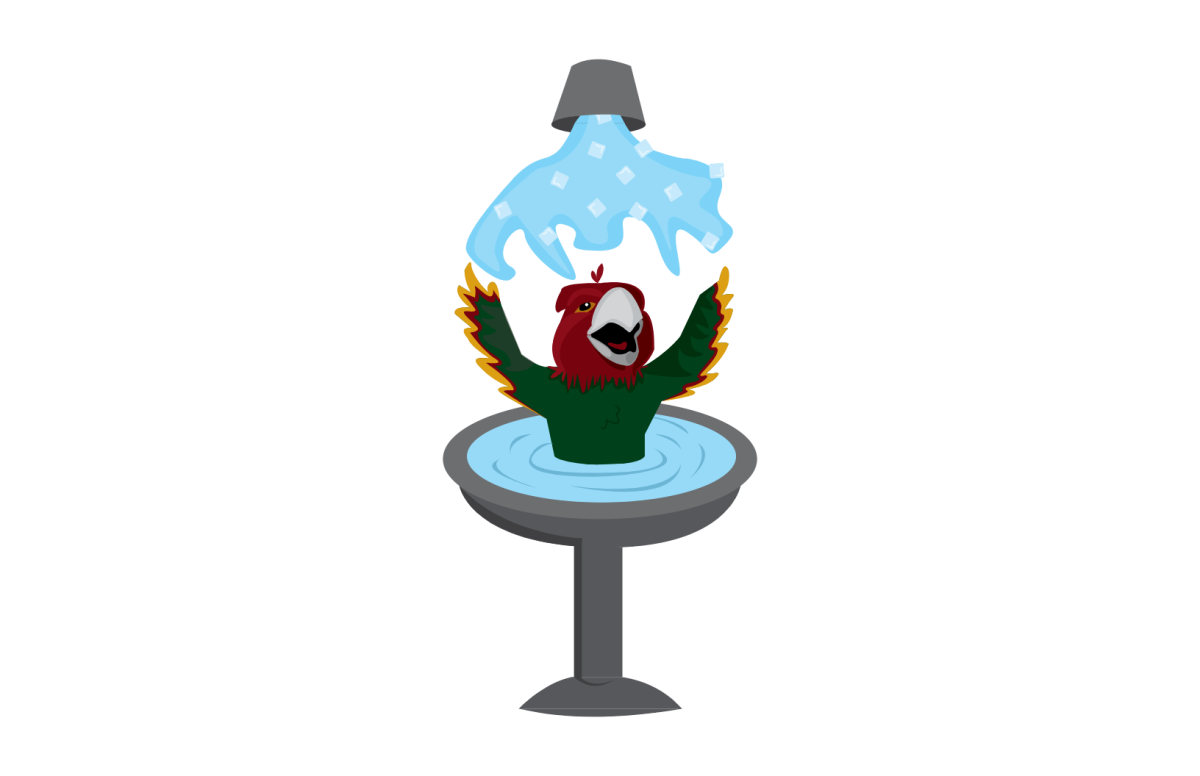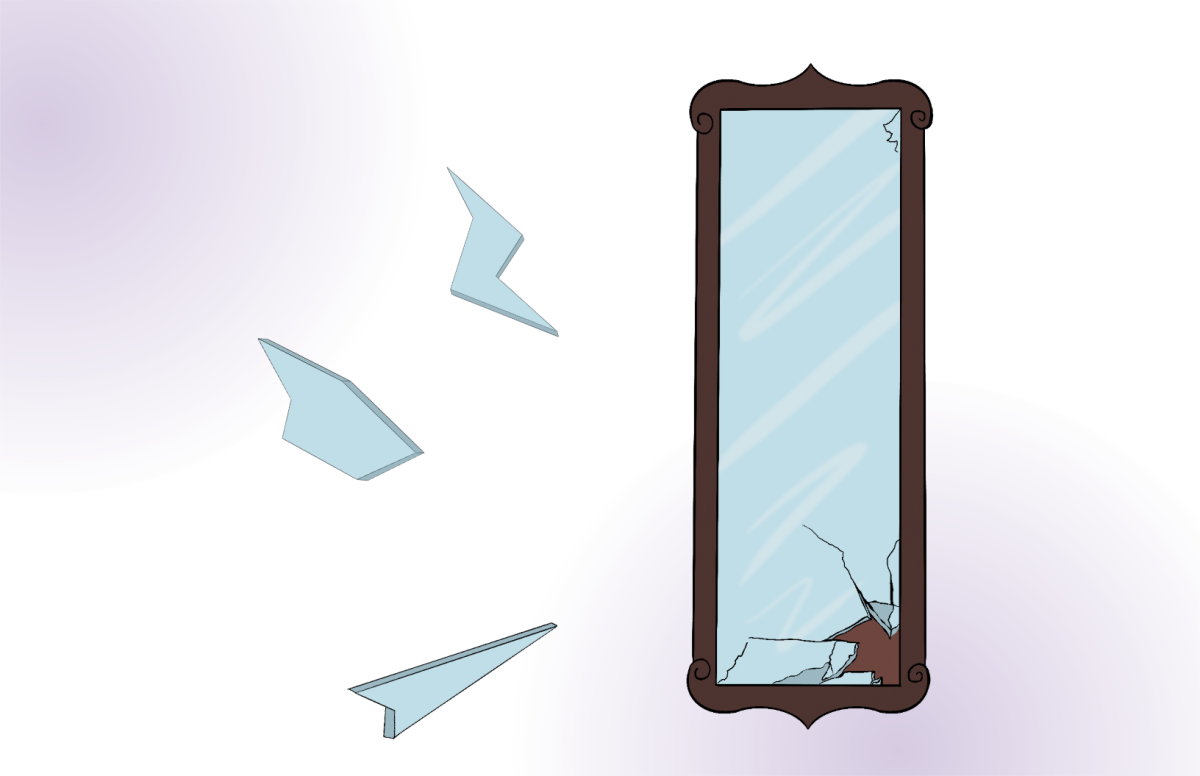The month of September marks National Suicide Prevention Month — a time to mourn lives lost to suicide, support peers who have struggled with suicidal thoughts and recognize the importance the month holds in our community.
Within the past year, we’ve seen too many students pass away. We all walked away wondering to ourselves, “Wait the kid on the soccer team?” or “I just saw them in math class two days ago.”
After speaking with three students, I was left with one main thought on my mind: we pass hundreds of students in the hallways, and yet we’ve never stopped to hear their stories. So I ask you, how well do you know your classmates?
Anonymous One attempted to kill themself three times their freshman year. They were hospitalized twice at Stormont Vail Trauma Center and once at The University of Kansas Health System Marillac Campus. It wasn’t until their inpatient stay at Marillac that they realized it was time to focus on their mental health. Anonymous One describes their experience to be so dehumanizing that it motivated them to focus on their mental health.
“I remember having to be driven 45 minutes to Topeka. Other times were by my parents, but this was by two random people in the back of a van with no shoes,” Anonymous One said.
To be safely transported from Lawrence Memorial Hospital to Marillac Campus in Overland Park, Anonymous One was only allowed to be driven by a transportation company that partnered with Marillac. It just so happened, LMH didn’t allow Anonymous One to wear shoes or bring their extremely worried parents as support in the vehicle.
While the gravity of suicide can come in numerous forms, it impacts all closely related family and friends. After experiencing the serious impacts suicide leaves on family, junior Eli Stone describes having a completely different perspective on life.
After Stone witnessed two immediate family members struggle with suicidal thoughts, he stresses the need to encourage our peers. Whether it be to check-in with a classmate or compliment a stranger, he has learned we can never fully know what someone is experiencing no matter how deep your connection is to them.
“When you get this close to somebody who’s been to hell and back, it’s really important that you make sure something like this doesn’t happen again. You never know what someone’s going through, so it’s really important that you be there for them,” Stone said.
Even as a sibling or parent to someone who has dealt with suicidal ideation, it leaves a lasting impression on everyone. According to the National Library of Medicine, 7000 to 30,000 children loose a parent to suicide each year in the United States. This global phenomenon impacts not only kids but also adults mental health.
After feeling too young to truly understand how to support and process, Anonymous Two lost their father to suicide when they were just 10 years old. His passing left an empty presence in the household; however, the student had already been accustomed to his absence with his numerous hospitalizations from attempting to kill himself.Due to the stress and hardships the student faced at a young age, the student feels that they matured much faster than their classmates, especially when realizing their dad will never be able to see their child’s accomplishments.
“It’s been five years, and even today, I have things that I want to tell him, but when I realize that I can’t, it’s difficult to process, because in my mind, your parents are supposed to be there for your whole life,” Anonymous Two said.
Because their father passed prior to COVID-19, during quarantine isolation from friends, their father’s absence began to weigh on their consciousness. These events evoked their own suicidal thoughts.
“Knowing that my dad felt some way, something that I’m feeling makes it so much harder to process, because your parents are supposed to be [people] that you look up to,” Anonymous Two said. “I would rather not wake up than go to school the next day … which for a 10 year old is a lot to think about.”

Often, stigma associated with suicide prevents us from properly reacting and grieving when having these thoughts, meaning that we transpire those uncomfortable feelings into telling a friend to “go to hell” or “die” as a supplement to understanding the depth of the situation.
Whether it comes down to noticing the inappropriate joke culture behind killing yourself or observing a friend start to shut down, saving a life may need you to take that first step. As Anonymous One stresses the importance of recognizing warning signs, they also emphasized the significance school involvement plays to one’s mental health.
“Even though it’s stupid, having activities and connections with people do actually save lives by just checking in and being like, ‘You matter to me.’ If someone you notice doesn’t seem like they have a lot of connections, try to reach out,” Anonymous Two said.
Suicide Prevention Month only lasts five weeks, but suicide has an impact forever. In order to save our peers’ lives, we need to spread awareness on the topic of suicide and honor this time as it should be. During this month, I urge you to go beyond your comfort zone and reach out to your peers, family, and loved ones.
If you or a loved one is experiencing thoughts of death, please tell a trusted adult or call 988 to contact the National Suicide Hotline. Don’t let it be too late.























